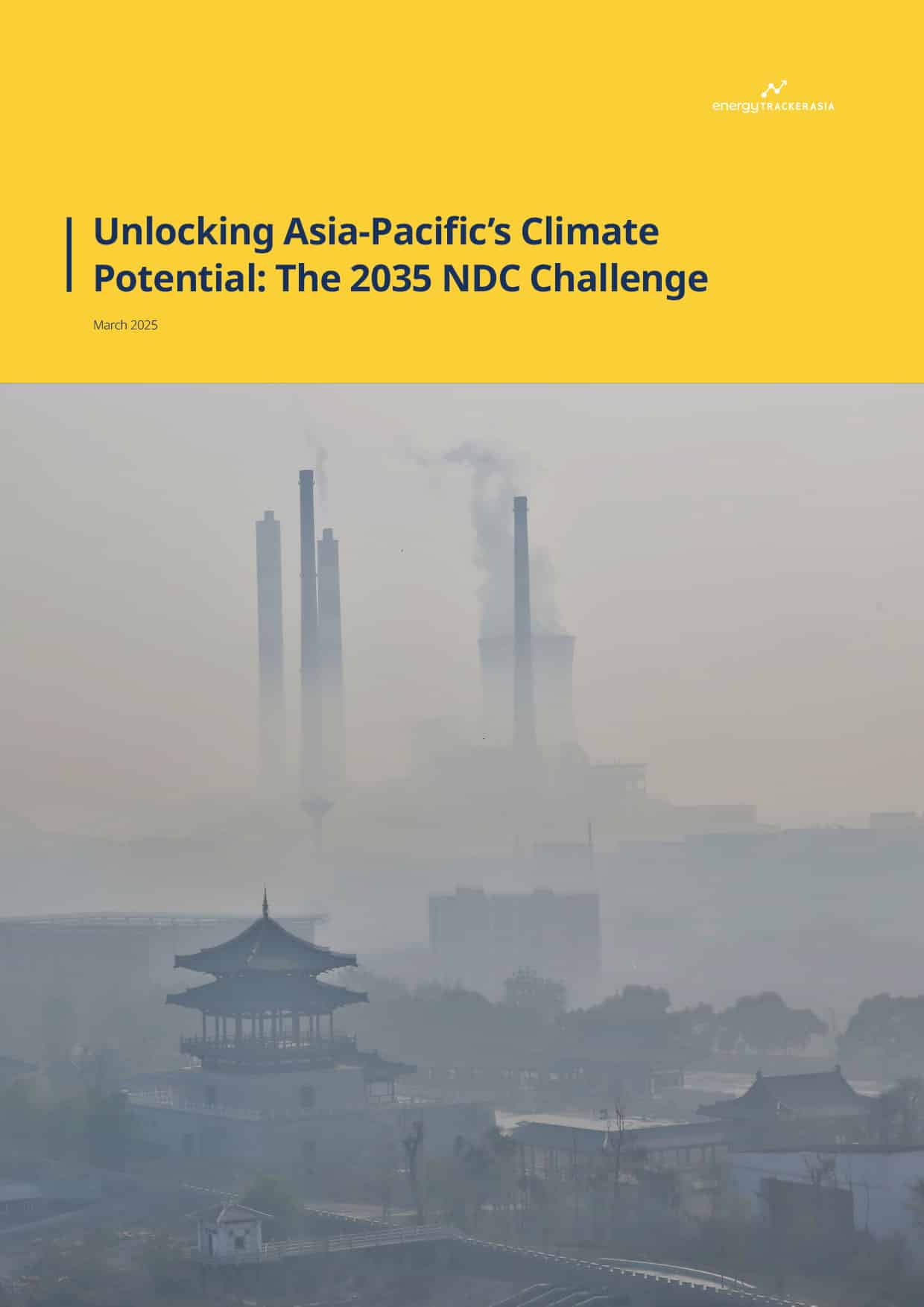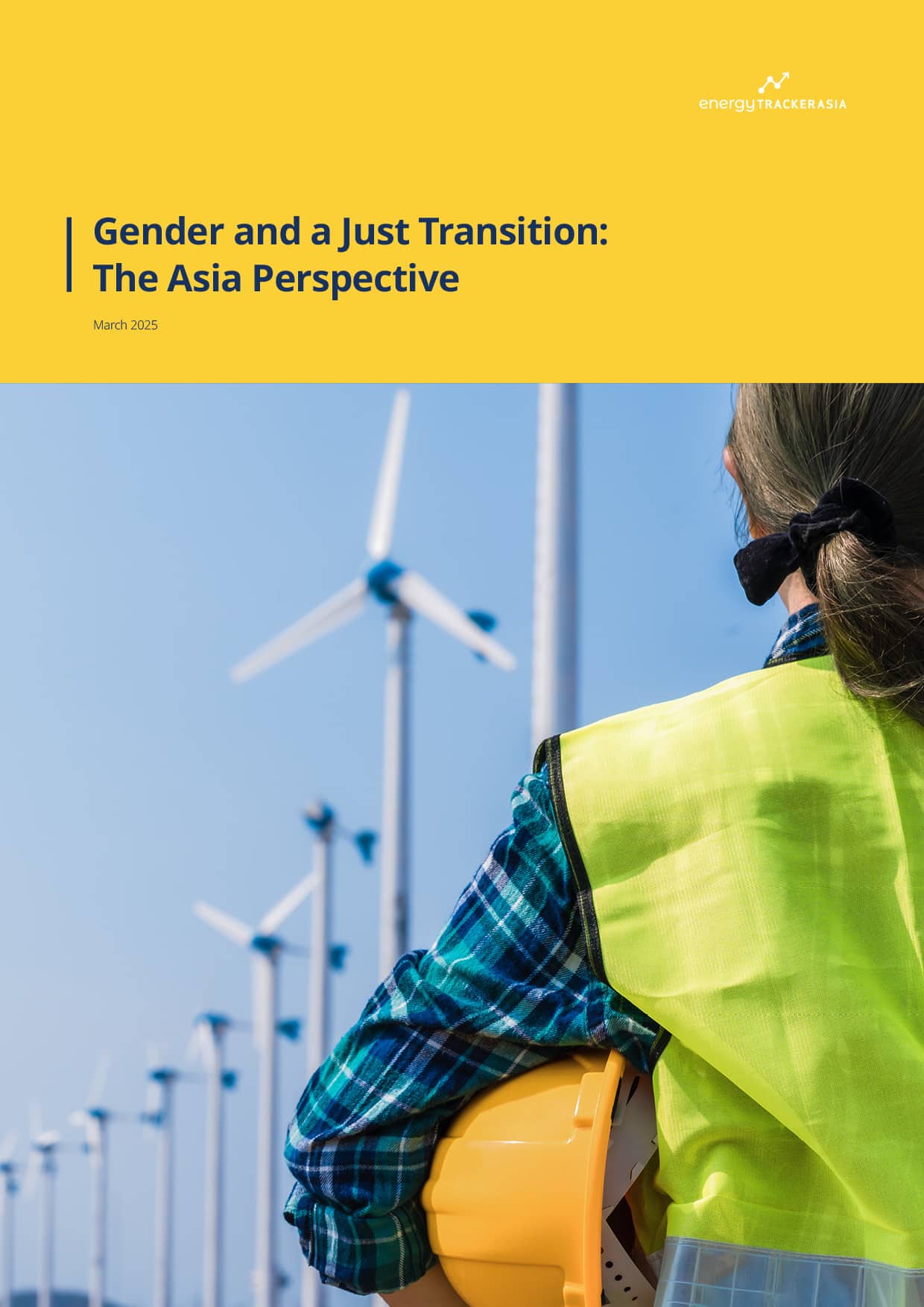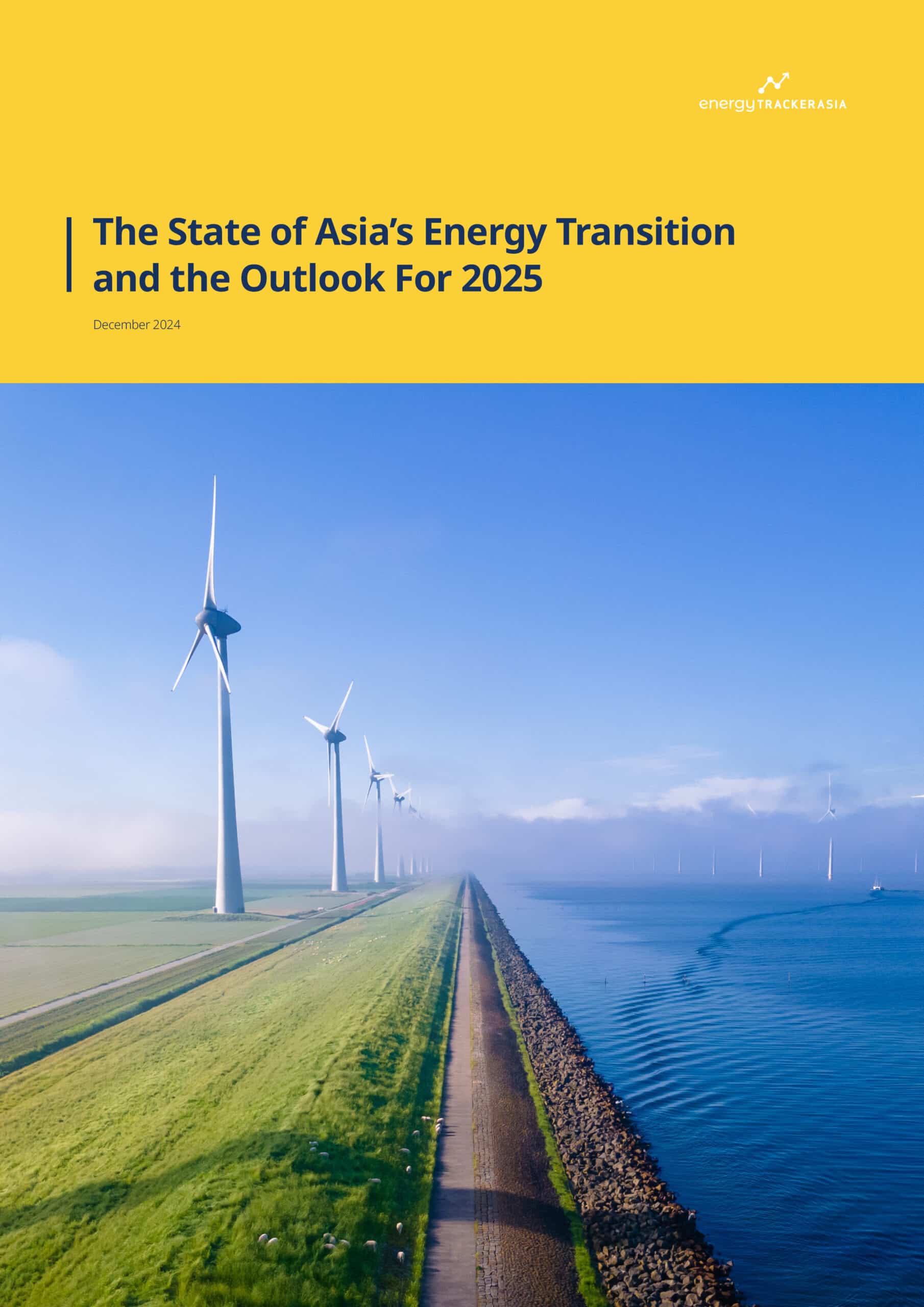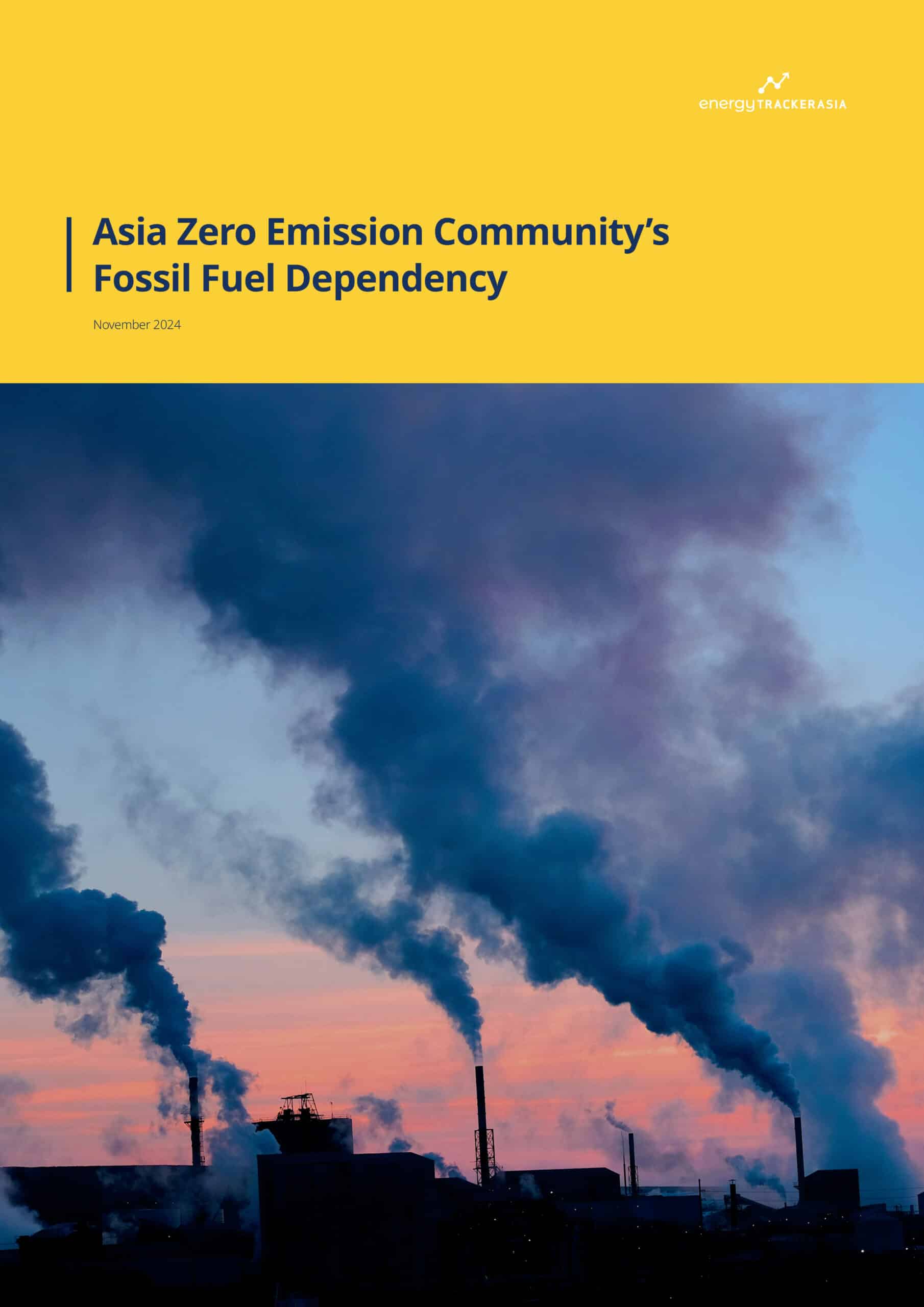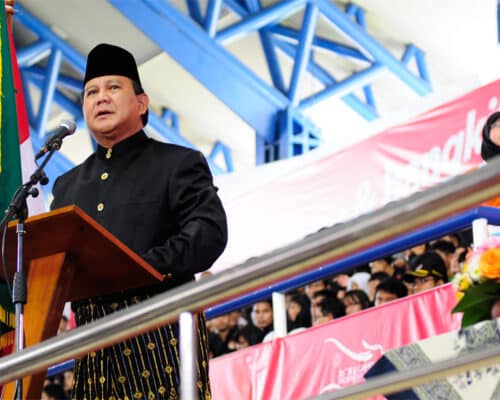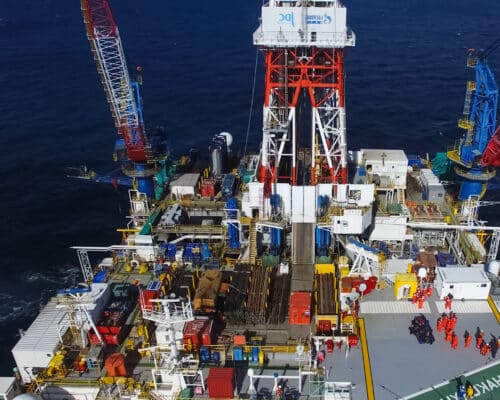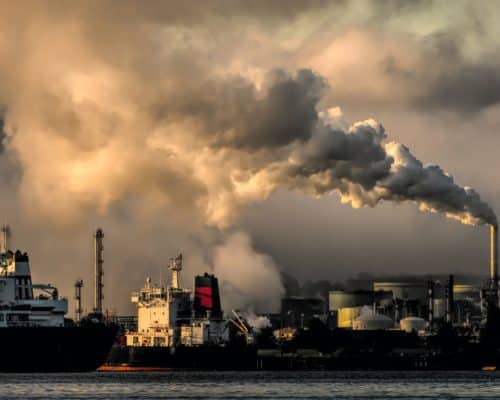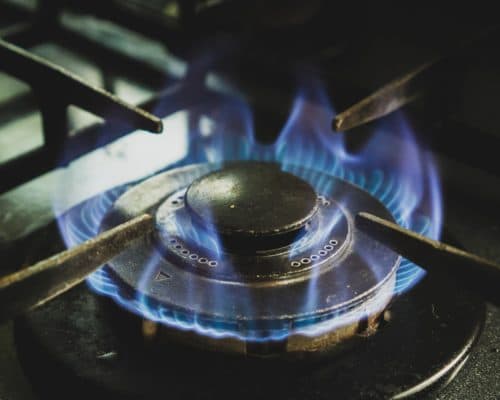Natural Gas in Australia: A Shrinking Role in a Renewable Era
Photo: Shutterstock / KDS Photographics
08 October 2025 – by Heba Hashem
Natural gas in Australia is facing a crisis. Despite being the world’s second-largest exporter of liquefied natural gas (LNG), Australia is on the brink of domestic shortages. With nearly 80% of natural gas production shipped overseas, households and industries could feel the squeeze before the year is out.
Could this be the moment for renewable energy to step up and provide a sustainable way forward?
Australia Natural Gas Reserves: Exist in Northern Territory When They’re Needed in South Australia
Australia’s gas reserves are immense, totalling nearly 108,920 petajoules (30,256 terrawatt-hours) in 2022 — enough for around 16 years of gas supply. Yet, geography complicates the picture. The largest fields are in the northwest, far from the energy-hungry southeast. Moving that gas thousands of kilometres would require costly new pipelines or major upgrades to existing ones.
Billions of dollars are now earmarked for new fields, pipelines and extraction technologies. But critics warn these investments could become stranded assets as the world moves away from fossil fuels. Onshore reserves add further controversy, since many lie in coal seam gas or shale gas, requiring fracking — a technique long linked to water contamination, farmland damage and health risks.
Export Commitments vs. Domestic Demand
Australia produced 81 million tonnes of LNG in 2023, surpassed only by the US, according to the International Gas Union’s 2025 World LNG Report.
Roughly 80% of the gas produced is exported, making up a fifth of the global LNG trade. The bulk goes to Asian buyers — China, Japan, South Korea and Taiwan — under long-term, 20-year contracts.
Gas Supply Shortages Loom in Eastern and Western Australia
Those export commitments, coupled with declining legacy fields and years of policy gaps, are fuelling domestic shortages. Victoria is especially exposed, with delayed LNG import terminals raising the risk of costly reliance on imports.
“The contracted export-heavy model has led to an extraordinary paradox: Australia, one of the world’s largest LNG exporters, may soon become an importer to meet domestic demand,” says Roger Montgomery, founder and chairman of Sydney-based Montgomery Investment Management.
The Australian Competition and Consumer Commission (ACCC) warns that the Eastern Australia could face shortages as early as the end of 2025. In Western Australia, the country’s most gas-dependent region, EnergyQuest forecasts shortfalls by 2028 as coal plants close and prices continue to climb.
Domestic and Small Businesses Gas Consumption Falls as Prices Surge
For households and businesses, the crisis has long been visible in bills. Wholesale gas prices on the east coast have tripled since exports began in 2015, according to Australia Institute research.
The squeeze has accelerated electrification. East coast gas demand has dropped about 32% since its financial year 2012-13 peak, with steep declines in manufacturing and residential consumption. Cost-of-living pressures, coupled with the shift to electric appliances, are reinforcing this downward trend.
Australia Natural Gas Production: A Wave of Projects Amid Shrinking Need
Despite declining domestic gas consumption, Australia has a vast pipeline of new gas projects, expected to deliver over 1,000 petajoules by 2027. Many are justified as essential for grid reliability during the transition.
But critics argue the expansion is unnecessary. “Figures from the Australian Energy Market Operator’s [AEMO] 2024 Integrated System Plan [ISP] show just how little gas is likely to be required in Australia’s electricity system,” says Ketan Joshi, senior research associate at the Australia Institute.
“It is pretty simple: Australia does not need to be expanding its fossil gas production, least of all to run fossil gas power stations. It’s a hollow fossil fuel industry talking point, and the Federal Government should know better than to repeat it.”
When Will Natural Gas Be Phased Out in Australia?
The government’s 2024 Future Gas Strategy pledges net-zero emissions by 2050, with natural gas to be reduced, decarbonised and, where possible, replaced or offset. That means more electrification, efficiency and offsets for residual carbon dioxide emissions.
States are moving faster. Victoria, for instance, is phasing out gas in new homes from Jan. 1, 2027, and prioritising electrification and clean alternatives.
Yet, at the federal level, Australian government has set no clear timeline for fully phasing out gas.
Proposed Fixes Still Lean on Gas Supply
Policymakers and analysts have floated several fixes to address looming natural gas shortages and price shocks. These range from redirecting uncontracted LNG sales to domestic buyers to adopting a nationwide reservation policy modelled on Western Australia’s, which mandates 15% of gas stay onshore.
Macks Advisory has suggested pairing such a policy with a 100% tax on export sales above AUD 7 per gigajoule, while others advocate for investment in interstate pipelines to better connect supply with demand.
The Institute for Energy Economics and Financial Analysis also proposes export licences for new long-term contracts, alongside a tax on spot sales, to incentivise domestic gas supply without deterring investment.
Gas Energy in Australia To Play a Narrower Role: Can Renewable Energy Take the Lead?
Looking ahead, AEMO expects gas to serve only a backup role, covering seasonal shortfalls rather than providing regular peaking support.
“As coal-fired power stations retire, renewable energy connected with transmission and distribution, firmed with storage and backed up by gas-powered generation is the lowest-cost way to supply electricity to homes and businesses through Australia’s transition to a net zero economy,” AEMO wrote in its 2024 ISP.
But industry groups caution against leaning too heavily on gas. The Clean Energy Council in Australia cites CSIRO’s GenCost analysis showing gas-fired power as among the most expensive options.
“In the long term, the least cost and most reliable energy system will be powered by a suite of renewable energy solutions — wind, small and large-scale solar, hydro — combined with a more robust grid and various energy storage solutions including batteries, pumped hydro and emerging storage technologies,” the council argues.
Australia stands at a crossroads. Its LNG exports remain lucrative, but at home, the system is straining under rising costs and looming shortages.
Policymakers now face a defining choice: double down on gas with new projects and pipelines, or seize the moment to accelerate the shift toward a renewables-led future that promises lower costs, greater resilience and genuine energy independence.
